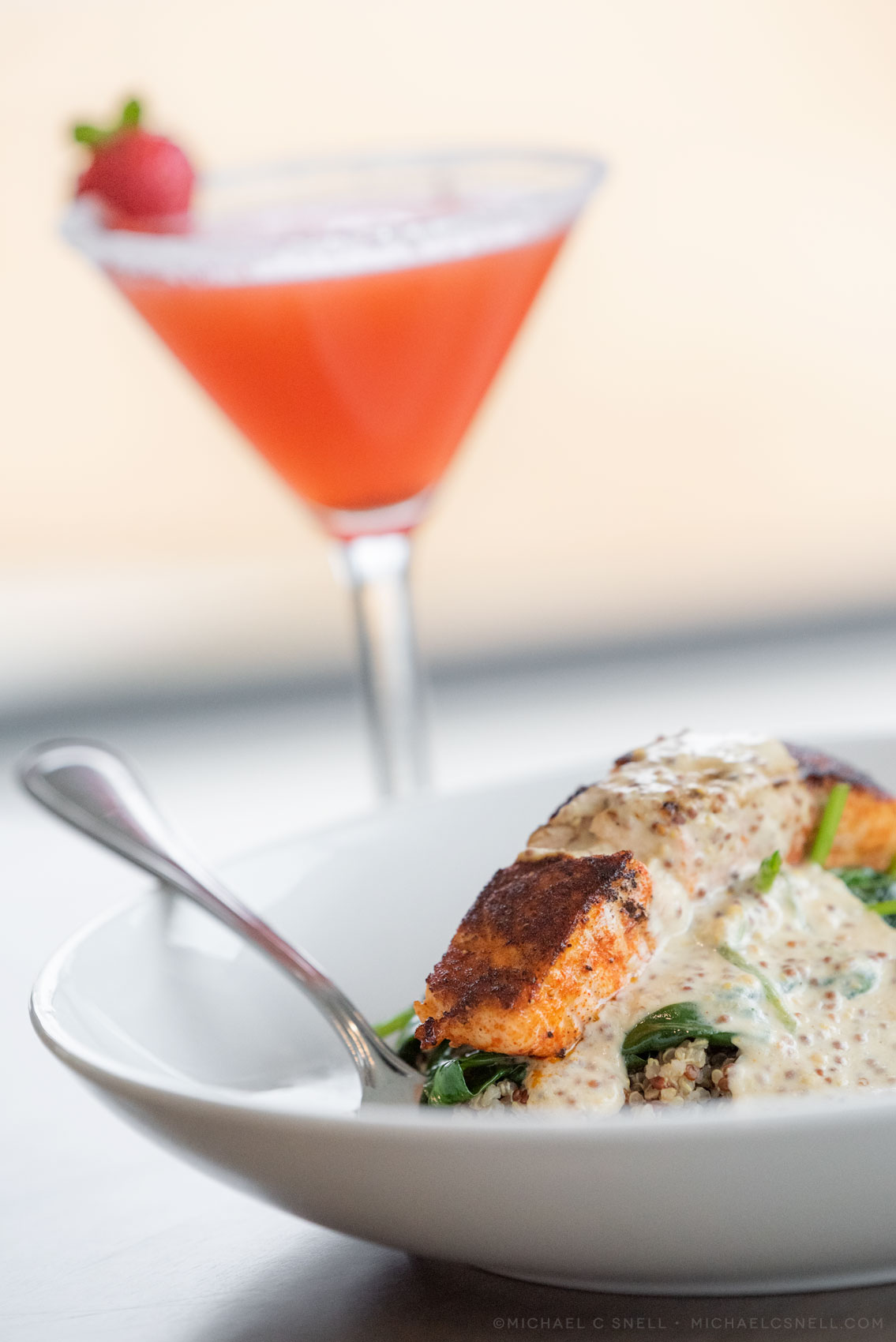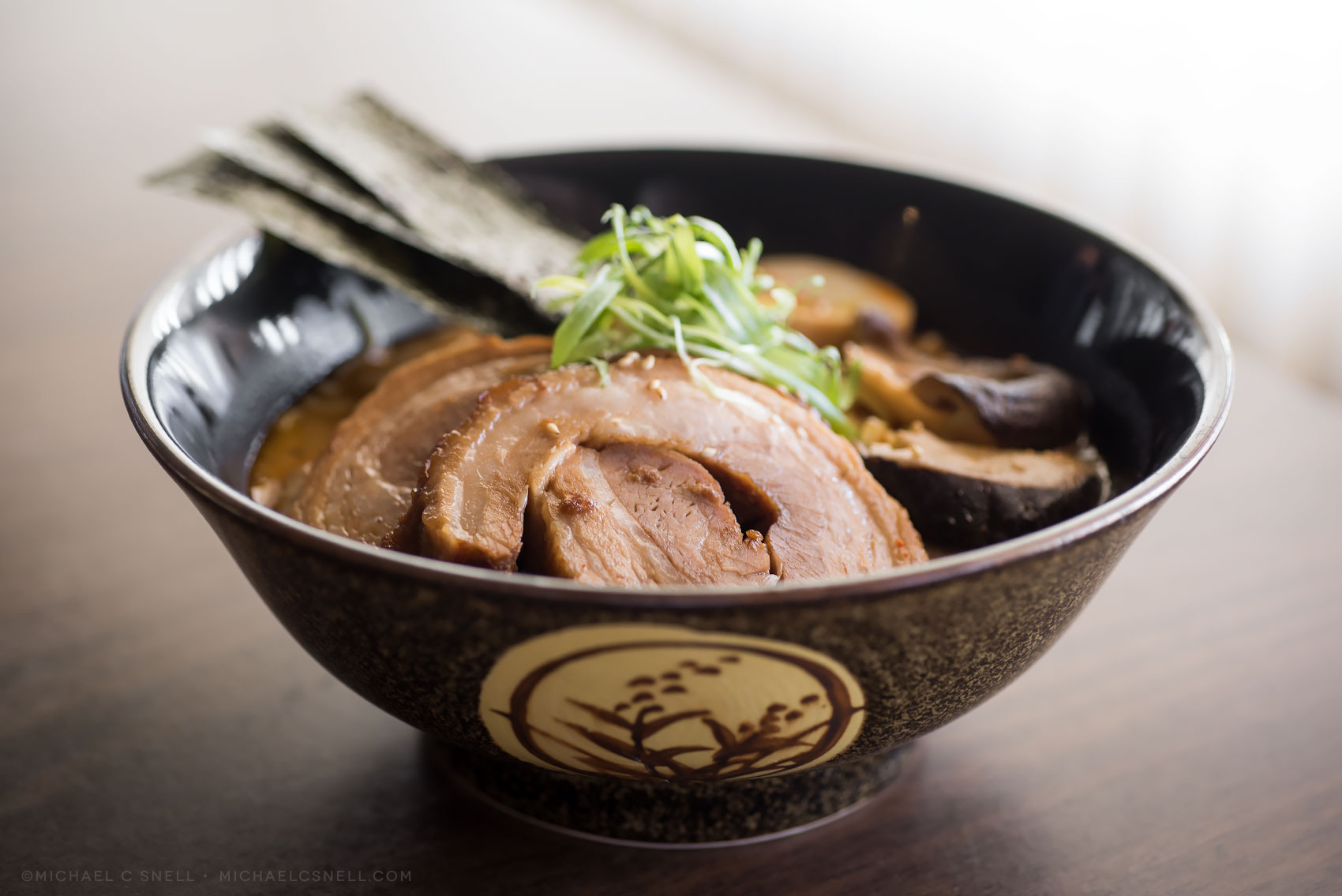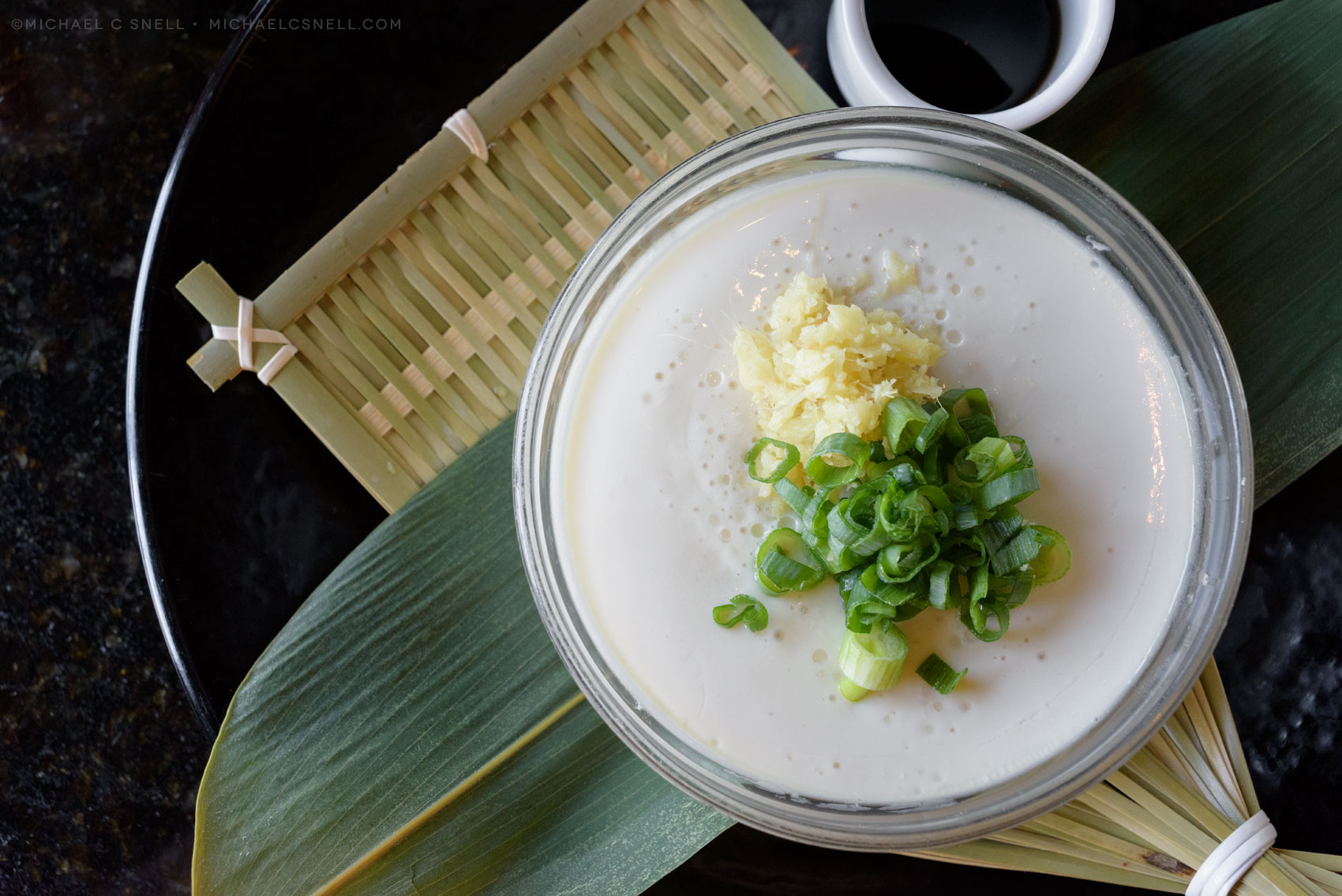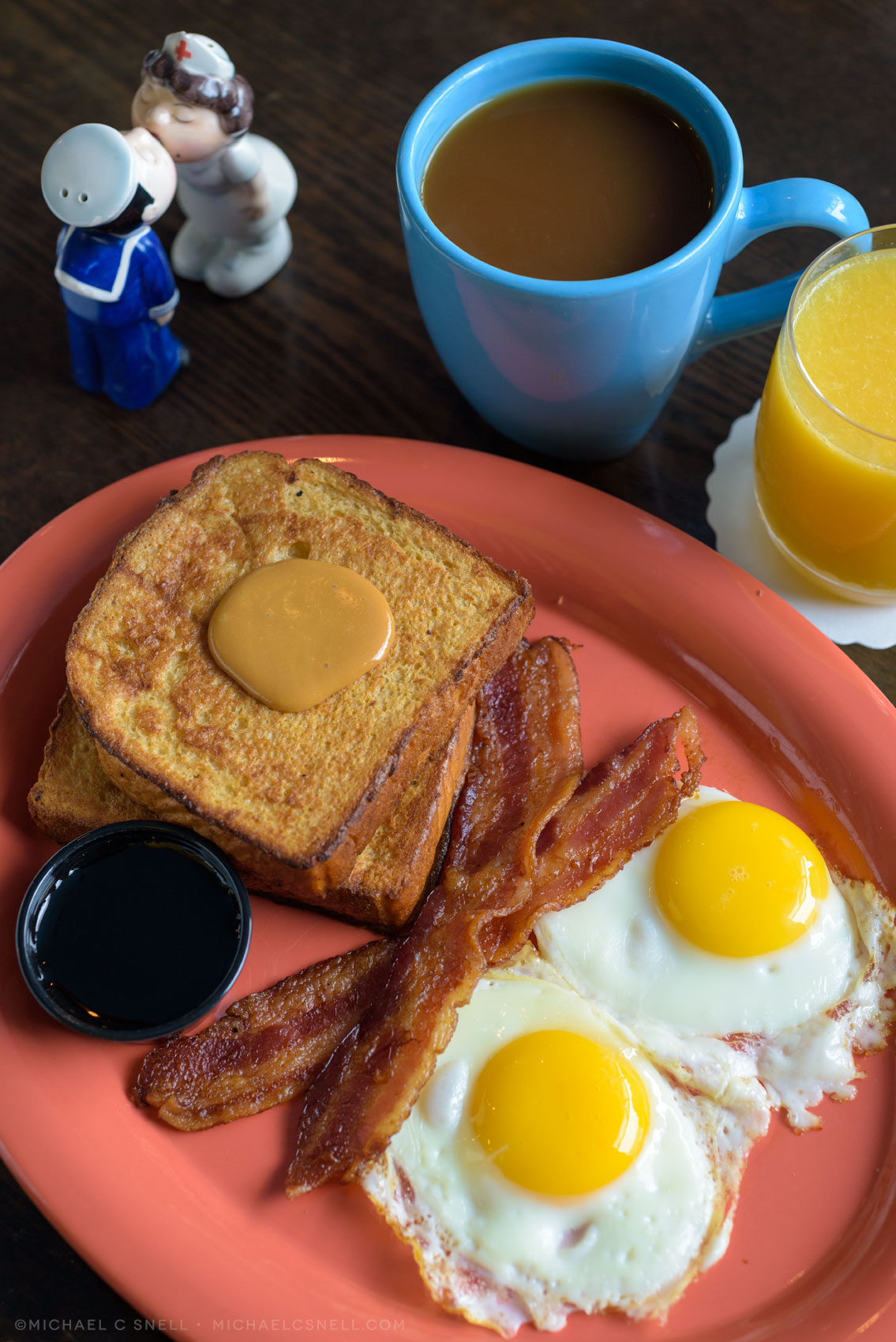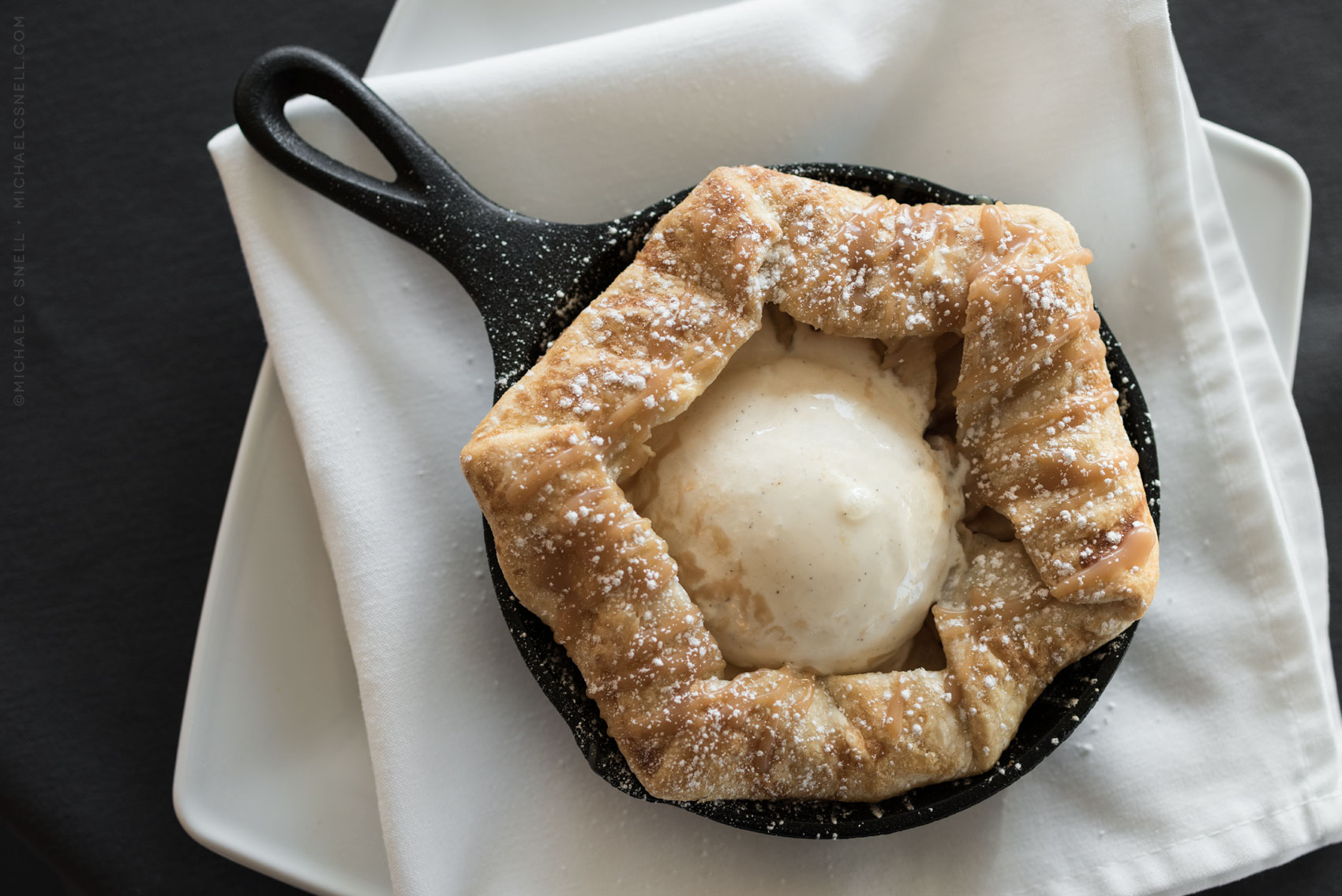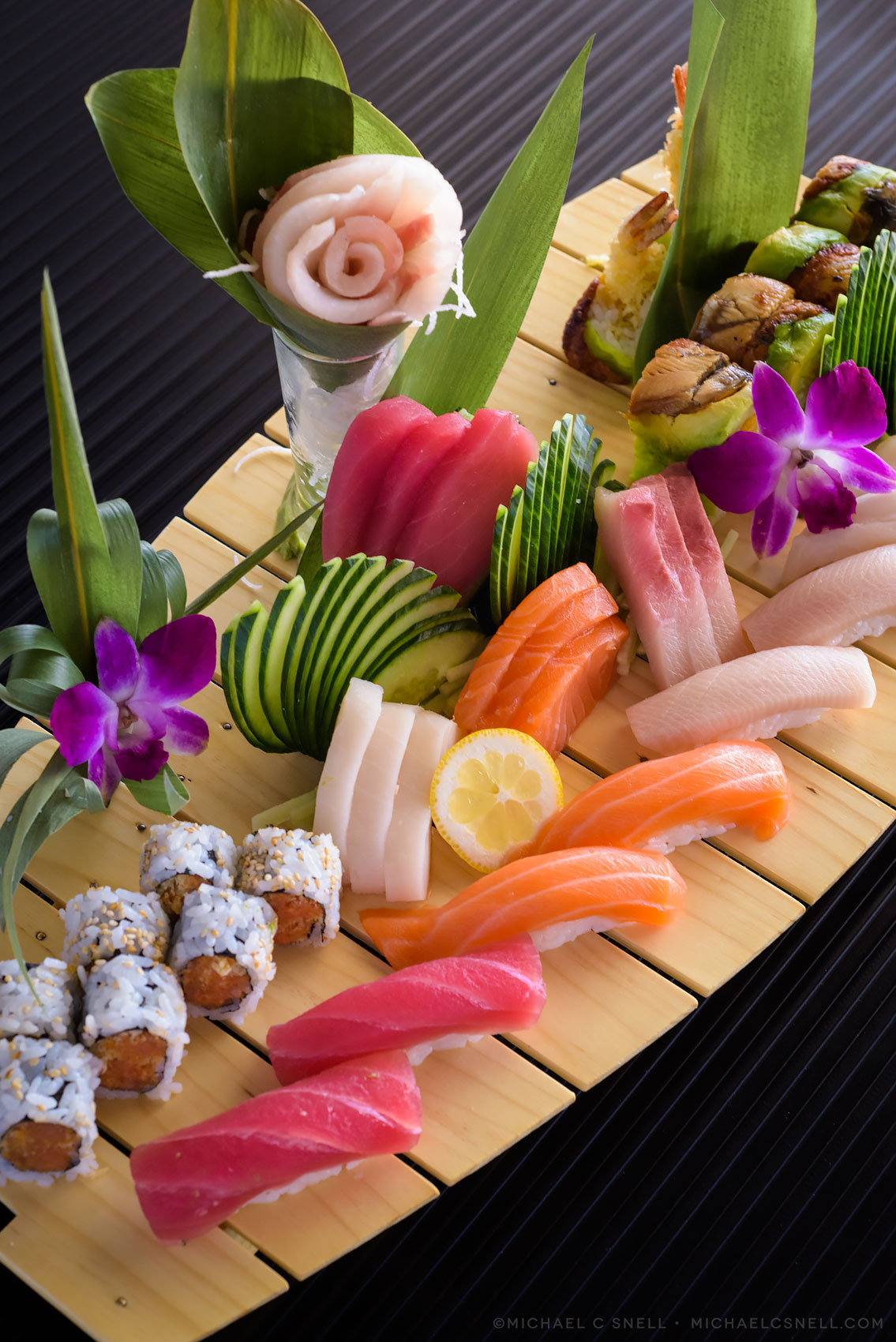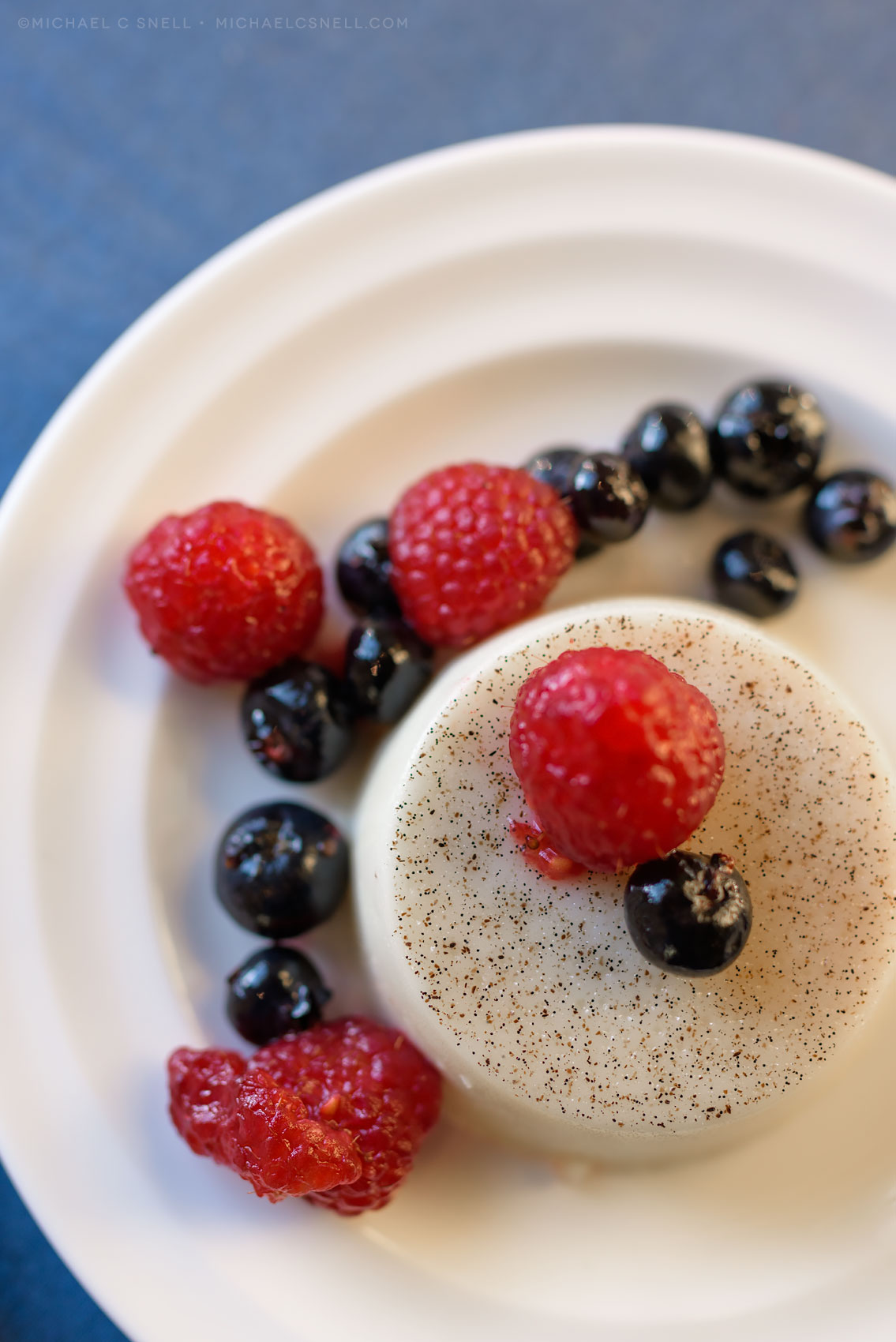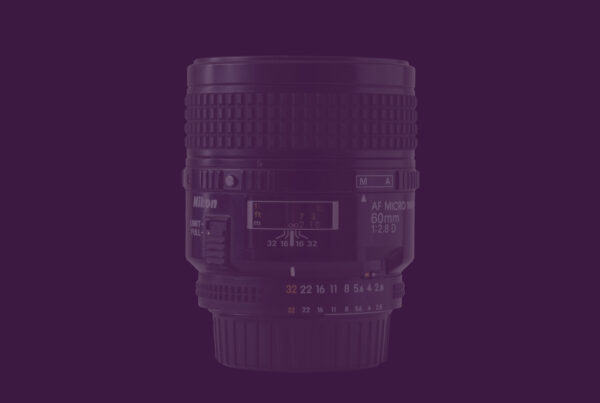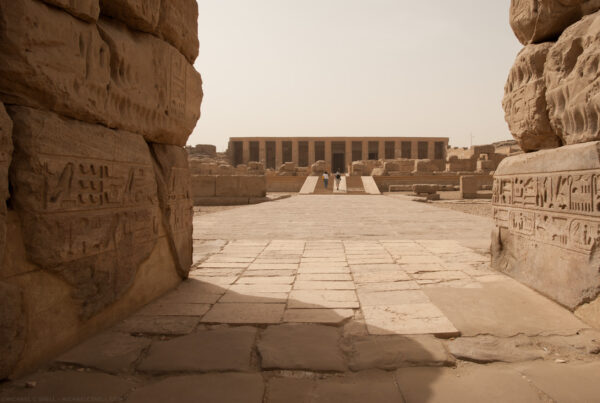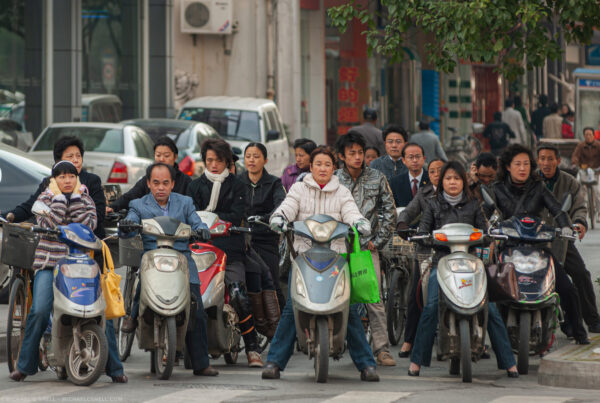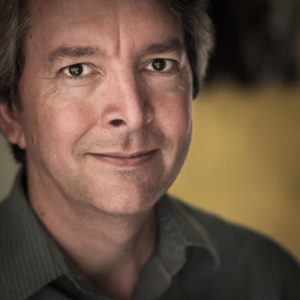My travel has been sporadic the last year or two but I’ve kept busy between trips. I’ve been shooting more than my usual number of local and regional assignments and many of them have had to do with food. Food photography can be a large part of travel photography. Think of how many places are known for one iconic dish or another and how many of your own travel memories involve something memorable you ate.
It was good to have an opportunity to brush up my food photography skills. It’s not always easy, if you’re just trying to shoot in a restaurant on the fly with no studio setup or lighting to rely on. When I’m shooting food, it’s usually in the restaurant setting, shooting real food. None of those studio tricks like using mashed potatoes for ice cream. I’m usually taking a more journalistic approach, shooting the dishes just as they are actually served. Truthful. Table settings are also typically those of the restaurant/client, so that can inform the images as well.

My biggest takeaway from these recent food sessions is how useful window light can be. So many restaurants these days have odd mixes of artificial light, that it’s difficult to get a good, neutral balance in your photos. If possible, find a table near the window and let the natural light do the heavy lifting. You can always add a little warmth when processing images to make up for cool, indirect light and it’s often a good idea to remove the blues from your image entirely in Photoshop or Lightroom. You most likely won’t have any blue tones in the food you are photographing, so any reflected blue in the china or silverware can easily be desaturated without consequence.
All of the images on this page were shot with natural window light, although I’m considering getting a small LED panel for shooting dark restaurants in the evenings. If I do, I’ll be sure to do another post and share my results.
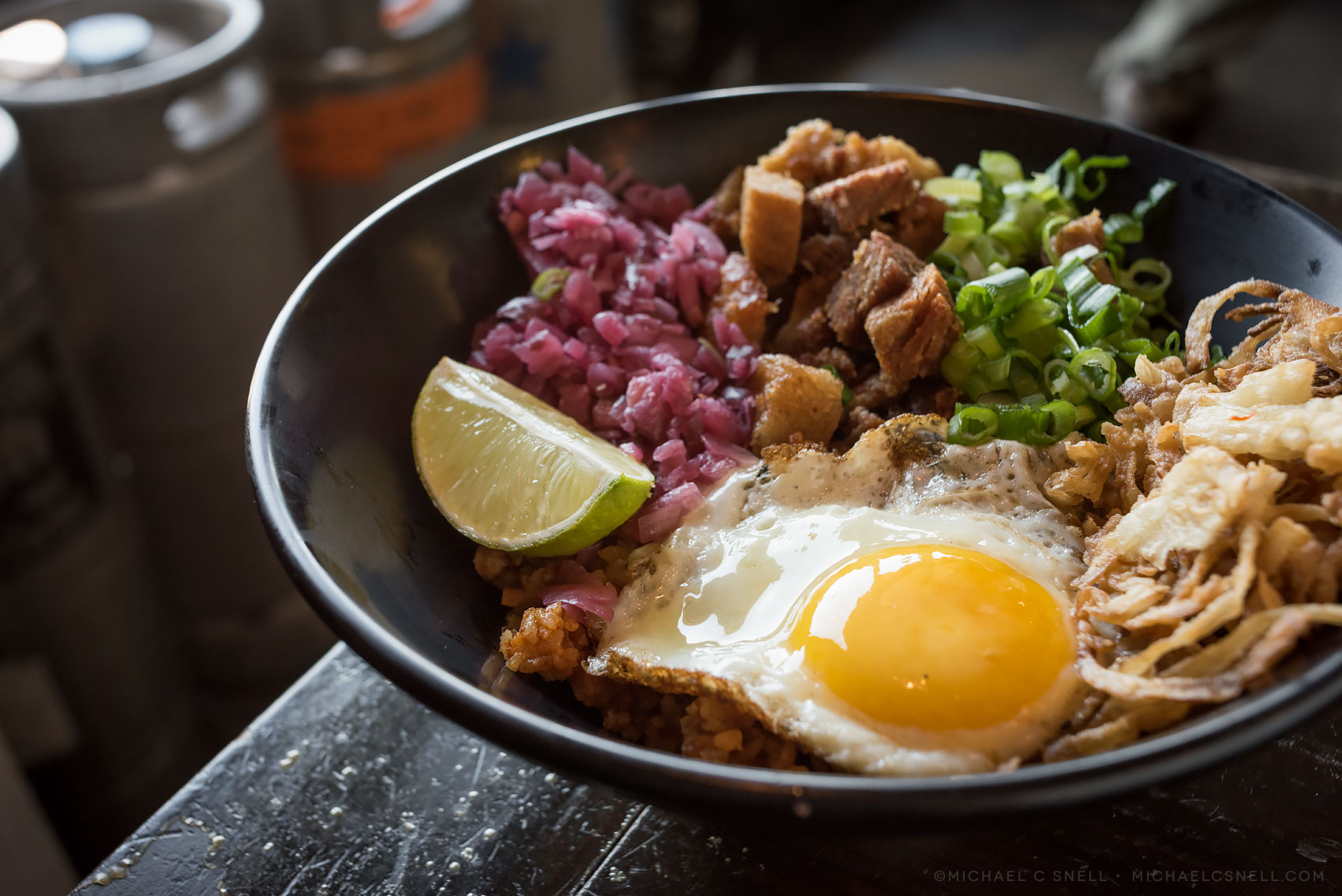
Another tip: Try some different focal lengths. I used to shoot all of my food with mid-range lenses: 35mm, 45mm, 50mm and a 60mm macro. This was largely due to the minimum focusing distance of these lenses — many of my longer lenses just wouldn’t let me get close enough. When I upgraded my old 80-200mm to a Tamron 70-200mm zoom, my minimum focus distance dropped from over 8 feet to around 3 feet. This was a game changer and now I’m shooting a lot of my food with the 80-200, often at the 200mm end. The compression and shallow depth of field are really nice. I’ll try and schedule in a post on just the topic in the not too distant future but, for now, take a look at the first image in the gallery below. The salmon with the cocktail blurred in the background was shot at 200mm. The rest were all shot with mid-range lenses.

